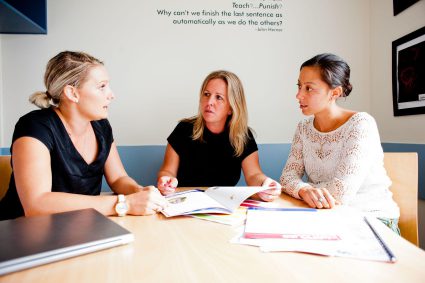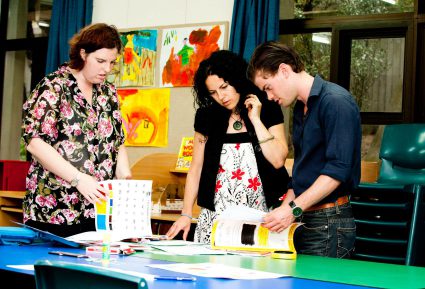3. Choose an activity
Choose one or two activities to do in pairs or small groups. Follow the links for each activity’s instructions, worksheets and resources. Activity sheets are in Google Docs format. You can download them in Word, print them or save them to your own Google Drive for working online.
1. Identifying your connections
In this activity, you will consider the different roles people may play in their lives, and the roles you personally play. You will identify the roles that connect you to people at school and how these can benefit or create challenges in your work as a teacher or teacher aide.
2. Discussing scenarios about connections
In this activity, you will talk about scenarios where the people involved are connected both within and out of school. The scenarios demonstrate how personal connections can be an advantage, but they also show how they can raise issues about confidentiality or privacy.

3. What Porirua College did
In this activity, you will read about Porirua College, a state secondary school in Porirua East with predominantly Māori and Pasifika students. The case study describes how the college uses the community connections of its support staff to everyone’s advantage. There are questions to guide your discussion.
4. What does confidentiality mean?
In this activity, you will work together to develop a shared definition of confidentiality and look at some suggestions for maintaining confidentiality in your work.


5. Confidentiality, professionalism and safety
In this activity, you will discuss scenarios where a teacher aide is unsure about how to maintain professionalism or confidentiality or stay safe.
6. Exploring online resources about effective teacher aide practice
In this activity, you will explore a section of the guide Supporting effective teacher aide practice on the Inclusive Education website. It covers content about teacher aide induction, yet is relevant for teachers and teacher aides to explore together, even if they have been working at the school for some time. There are questions to guide your discussion.